Top 10 Things to Learn from Paul Morphy
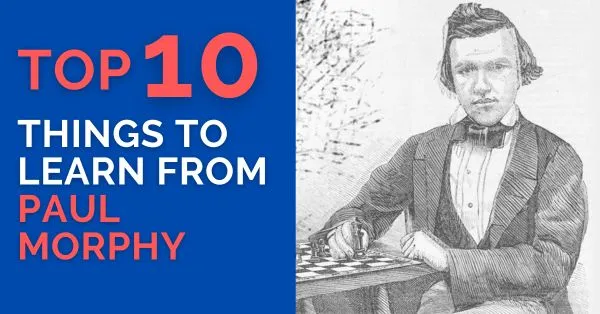
Paul Morphy, born in June 1837 to a prominent New Orleans family, displayed exceptional chess talent from an early age. Learning from his chess-enthusiast relatives, he embraced early and rapid development as his trademark strategy.
As a child, Morphy’s victories over American general Winfield Scott and European masters Eugène Rousseau and Johann Lowenthal earned him early acclaim.
Later, he became an unrivaled chess genius, unofficially crowned world champion in 1858 after crushing Europe’s finest players. Renowned for his aggressive style, he fearlessly sacrificed pieces for the initiative, leaving a legacy as the father of modern chess.
1. Punish Unprincipled Opening Play
Morphy was known for his exceptional ability to punish unprincipled opening play by his opponents. He would exploit any weaknesses or mistakes made by his opponents, especially in the opening phase of the game.
As opening principles were not properly developed yet at that time, Morphy played in this manner through his natural intuition for chess. Therefore, it is not an understatement to say that Morphy was ahead in terms of chess thinking by decades.
In this example, Morphy punishes his opponent for bringing out the queen too early.
2. Tactical Awareness pays Dividends
Paul Morphy vs Eugene Rousseau, New Orleans 1849
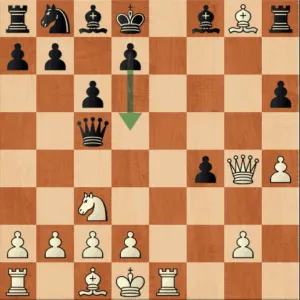
Black played d5 in this position, Find the Killer Blow for White.
Re8+! This is a deflection tactic. The rook sacrifices itself to deflect the Black king from the defense of the c8 bishop. The game continued Kxe8 and Qxc8+ Ke7
As an additional challenge can you find the finishing blow for White after Ke7? (Hint: The Queen on c5 is unprotected).
3. Pursuing the Attack
Paul Morphy vs NN, New Orleans 1858
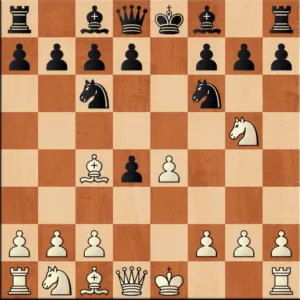
Paul Morphy is playing White in this game. Black just captured on d4 and Morphy continues with Ng5. Morphy wants to play the position in the spirit of the Fried Liver Attack. However, this position is different from the Fried Liver Attack line as Black has a pawn on d4.
How would you evaluate the position after the natural d5 exd5 and Nxd5?
Morphy surely had to see this position before he played Ng5. The factor to judge in this position is whether would White’s ability to quickly bring the pieces into the play triumph over Black’s advantage in the center.
We can observe an important truth in Morphy’s style. He emphasized quick development and active positioning of the pieces. If the Opponent’s King was not safe then these factors gained more importance and his evaluation.
This is revolutionary because of the period this game was played. This was before Steinitz had formulated the Classical principles of chess.
4. Finding the most accurate finishing blow
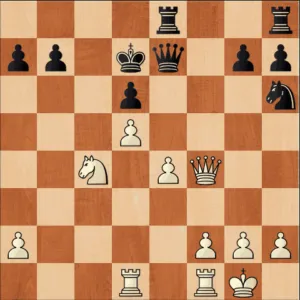
White to Play. Find the most accurate finishing blow.
Black is completely busted in the above position. White has many attractive options to continue the game. However, Morphy finds the continuation that gives the least counterplay to the opponent.
This highlights an important idea to follow in winning positions: Never allow counterplay to the opponent.
5. Quiet Forcing Moves
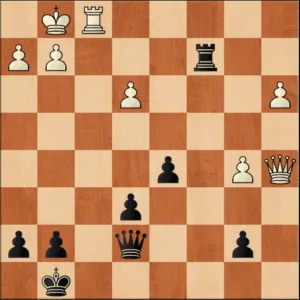
Black to Play. How would you continue as Black?
In the above position, black is on the offensive. Black would love to get the queen involved however the black king position is weak.
Morphy played h6!
In a position where the majority of the players would look for forcing moves, Morphy makes a quiet improving move that takes the sting out of a potential attack. Now Black can continue the assault against the White king with Qg5.
6. Piece Activity over Materialism
Piece Activity was considered sacred by Morphy. Even so in positions where it wasn’t necessary to part with material. In this regard, Morphy was not as adventurous as Tal or Stein but had a risk appetite.
In the position below Morphy is playing white. He is down two pawns but can regain a pawn back but Morphy decides to play for Activity and goes for the Opponent’s King.
Paul Morphy vs JW Schulten New York 1857
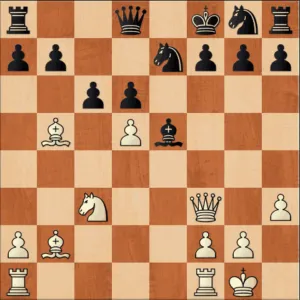
What’s your instinct as white here? Take on c6 and keep the game going or play for more.
Morphy continued the game with Bd3 and went on to showcase a dominant performance.
7. Maintain the Tension
Paul Morphy had the uncanny ability to maintain tension in the position, without rushing to resolve it in his favor. This approach was divergent from the Masters of those times and it put him ahead of them.
He understood that keeping the pressure on his opponent would often force them to make mistakes or weaken their position.
This can be seen in the above example as well where Morphy decided to retreat the Bishop rather than capture on c6 and release the tension.
8. Resourceful in the Endgame
Morphy was not only a brilliant attacker, but also a skillful defender, especially in the endgame.
In the following position, Black is threatening to checkmate White. Material wise Black seems to be ahead. Can you save the position for White? (Hint: Bishop vs Rook Pawn)
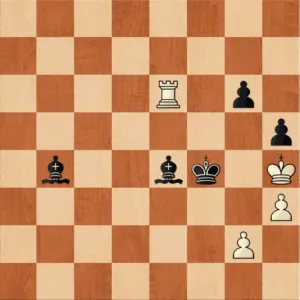
Morphy played 1.g3+ Kf5 Rxe4! (This is the defensive resource that saves the game for White) Kxe4 Kg5 and draw. The final position will have a rook pawn against the bishop which is a theoretical draw.
This resource can only be found if you know basic theoretical endgames. Morphy certainly knew them very well and therefore we should also know basic endgames.
9. Carefully think about Committal Decisions
One of the skills that made him so successful was his careful thinking about committal decisions in his games.
A committal decision is a move that irreversibly changes the position’s nature, such as sacrificing a piece, opening or closing the center, or advancing a pawn.
Morphy understood that such decisions required deep calculation and he did not rush into them without being sure of their consequences. He also knew when to avoid committal decisions if they did not favor his position or his style.
10. Defending under Pressure
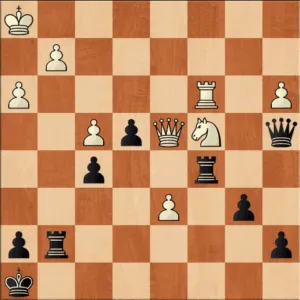
Black is facing the huge threat of Rg3 exploiting the pin. Morphy is playing Adolf Anderssen, one of the fiercest attackers of the time. But Morphy keeps his cool and composure as all players should in a tough position. He calculates his way out of the threat.
1..e3! An interference move that wins a tempi for Black if White captures on e3. The whole idea is based on the weakness of the white king.
Anderssen Captured on e3 with the Rook and went on to lose the game.
Conclusion
Paul Morphy, the legendary chess prodigy, left behind a wealth of invaluable lessons for aspiring chess players. Morphy’s emphasis on piece activity over materialism showcased his appetite for risk and dynamic play. His revolutionary style, ahead of its time, punished unprincipled opening play and demonstrated the importance of maintaining tension in the position.
Additionally, Morphy’s careful approach to committal decisions and resourcefulness in the endgame revealed his deep understanding of the game. Moreover, his exemplary defensive skills under pressure showcased his composure and calculation abilities.
His enduring legacy as the father of modern chess continues to inspire and captivate chess lovers worldwide.
You might also like 10 Best Chess Games by Paul Morphy as well as 15 Best Chess Games of All Time.
https://thechessworld.com/store/product/learn-from-paul-morphy-with-gm-marian-petrov/



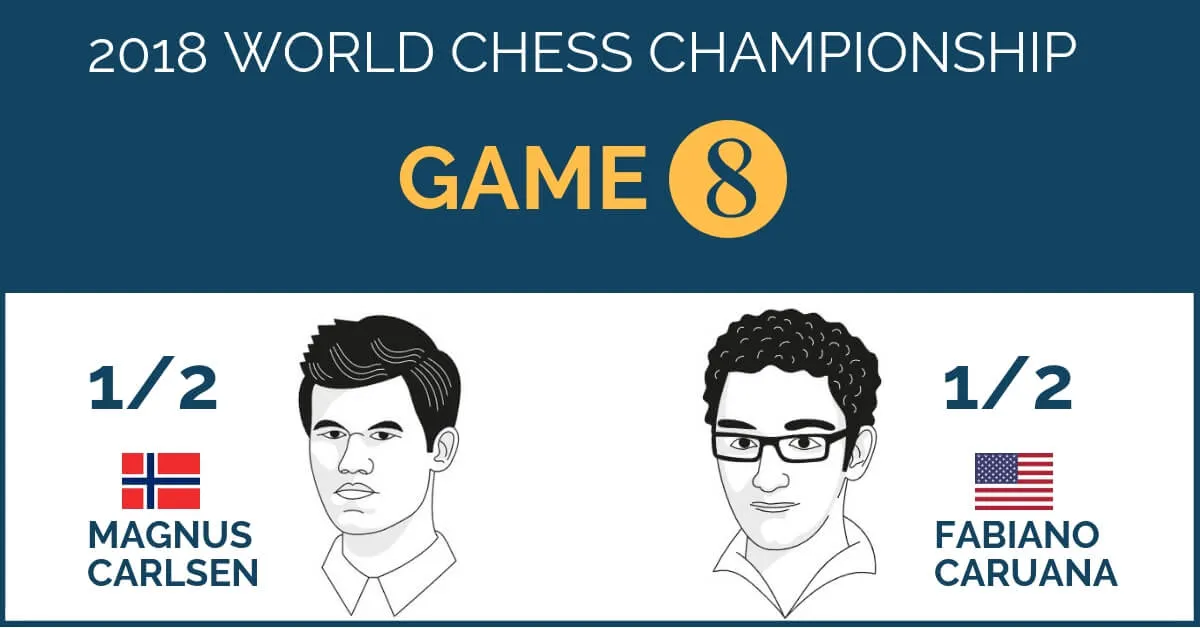






Comments: